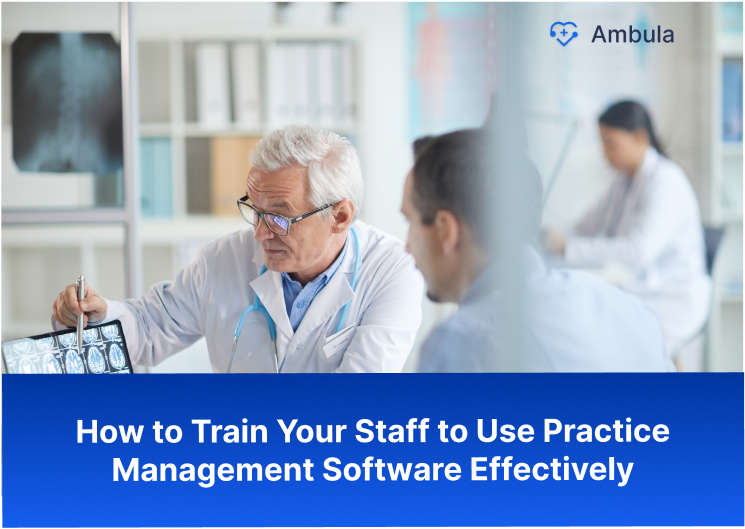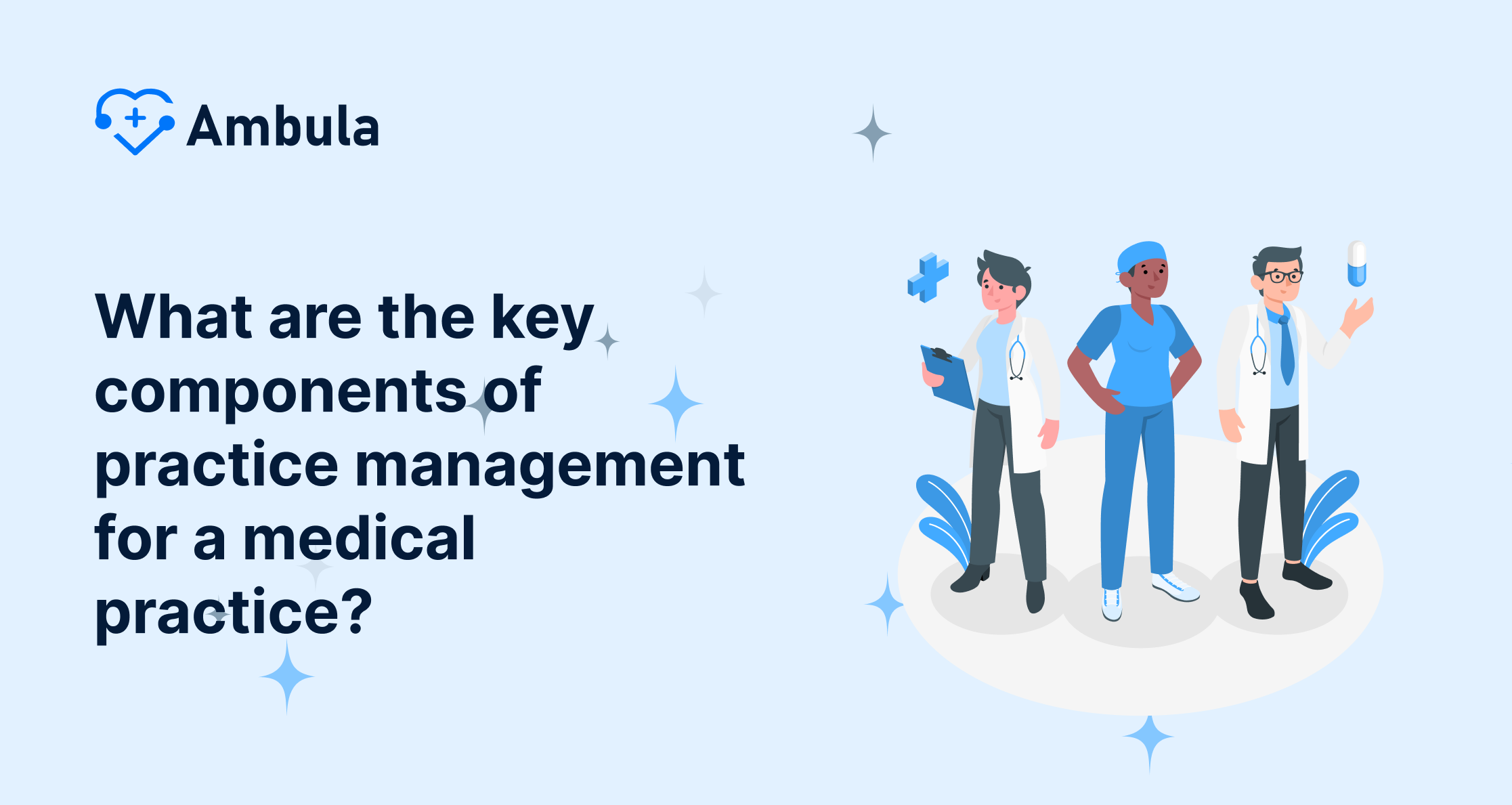
By training your staff to use the system correctly, you can maximize the benefits that practice management software offers and make sure it meets the demands of your organization. This software provides an overview of patient data, such as medical history and billing information, and facilitates communication between staff and patients; it can also help streamline operations, such as appointment scheduling, patient check–ins, medical billing, and practice reports. Additionally, training staff to use the software can help reduce errors, improve data accuracy, and enable staff to make better decisions and access patient data more quickly and easily, thus helping healthcare organizations manage their administrative, clinical, and financial operations more efficiently.
- Benefits of Using Practice Management Software
- Selecting the Right Practice Management Software
- Setting Up the Software Once you have selected the software
- Introducing the Software to Your Staff
- Training Your Staff to Use the Software
- Testing for Understanding After training your staff
- Providing Ongoing Support
- Analyzing Software Usage
- Reaping the Benefits of Practice Management Software
Benefits of Using Practice Management Software
Using practice management software can help your organization reduce costs and improve patient care. It can provide real–time access to patient records, reduce paperwork, and make it easier to track patient visits. It can also make managing billing and payment processing easier, tracking patient outcomes, and providing better customer service.
Selecting the Right Practice Management Software
Selecting the right practice management software for your organization is essential for success. You should carefully evaluate the features and benefits of each system to ensure that it meets your organization’s needs. You should also consider the cost of the system, the technical support offered, and the training resources available.
Setting Up the Software Once you have selected the software
You must install the software on your computer system and configure it to suit your organization’s needs. This process may involve making changes to the software, such as customizing the interface and settings, adding user accounts, and setting up security settings. Additionally, you must ensure that patient data is kept secure by configuring these settings appropriately. This may involve adding encryption, password protection, and other security measures. Once these steps are completed, you should be ready to use the software.
Introducing the Software to Your Staff
Before training your staff to use the software, you should introduce the system and its features and benefits. This will give the team a better understanding of the system and its capabilities. You should explain the roles and responsibilities of each staff member and how the system will help them better complete their tasks. Additionally, it is essential to emphasize the importance of using the system correctly, as incorrect usage can lead to errors and poor performance. Finally, you should provide a general overview of the system and its work, including any additional documentation or resources that staff can consult for further guidance.
Training Your Staff to Use the Software
You should provide your staff with hands–on training on how to use the software. This should include essential functions such as entering patient information, scheduling appointments, and processing payments. You should also provide instruction on more advanced features such as reporting and analytics.
Testing for Understanding After training your staff
Testing a person’s understanding of software is essential to the learning process. It helps to confirm that they have understood the material presented to them and that they can apply their knowledge to the software. Testing their understanding also allows them to identify areas where they may need additional training. This is important as it can help to reduce the time and cost of future training sessions and enhance the overall user experience. Testing should be done in an appropriate way for the level of knowledge the person has and should provide meaningful feedback to help them progress in their understanding of the software.
Providing Ongoing Support
You should ensure that any system changes or updates are communicated clearly and promptly, provide ongoing support to your staff, troubleshoot any problems that may arise, be available to provide guidance and support with any issues and answer any questions they may have. It is essential to ensure your staff is comfortable using the software and help them become more familiar with it, so they can take full advantage of it and become as efficient as possible.
Analyzing Software Usage
Analyzing the software usage of your staff involves looking at how they are using the software and what features they are using. By doing this, you can see which parts are being used most often and which features are not being used. This can help you determine which features should be improved or added to make the software more efficient and beneficial for your staff. It can also help you identify areas where a team may need additional training or support to get the most out of the software.
Reaping the Benefits of Practice Management Software
By effectively training your staff to use practice management software, you can maximize the system’s benefits and ensure that it meets your organization’s needs. This can result in improved patient care, increased efficiency, and cost savings.
In conclusion, using practice management software can be a great way to streamline a healthcare organization’s administrative and clinical operations. By effectively training your staff to use the software, you can maximize the system’s benefits and ensure that it meets your organization’s needs. This can result in improved patient care, increased efficiency, and cost savings.



